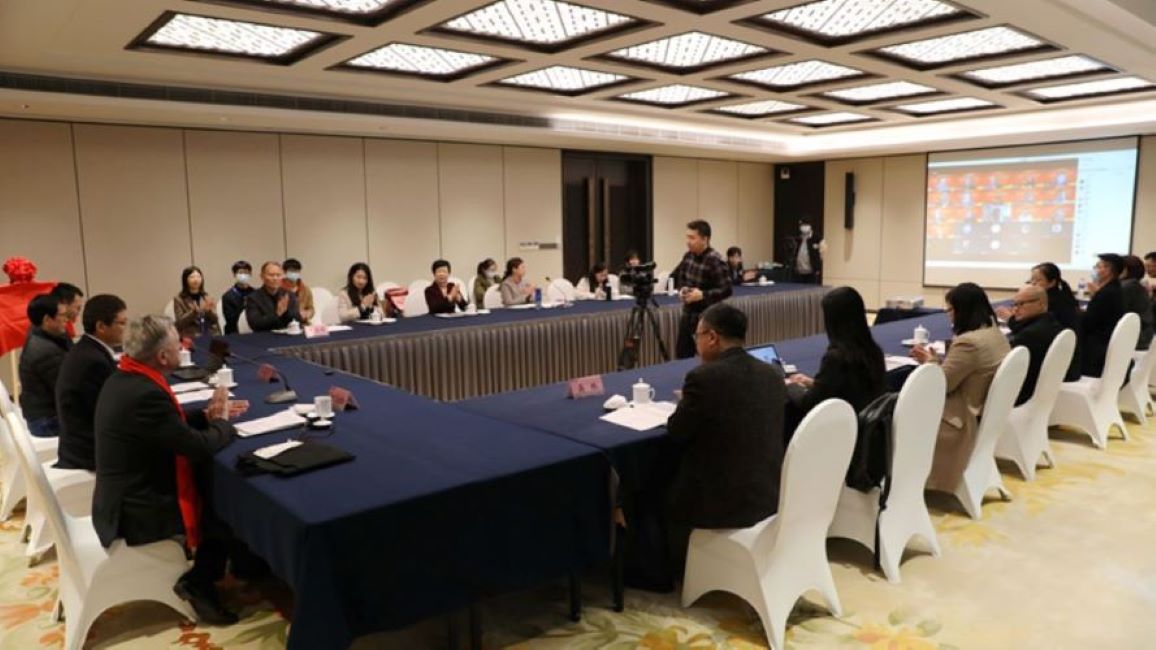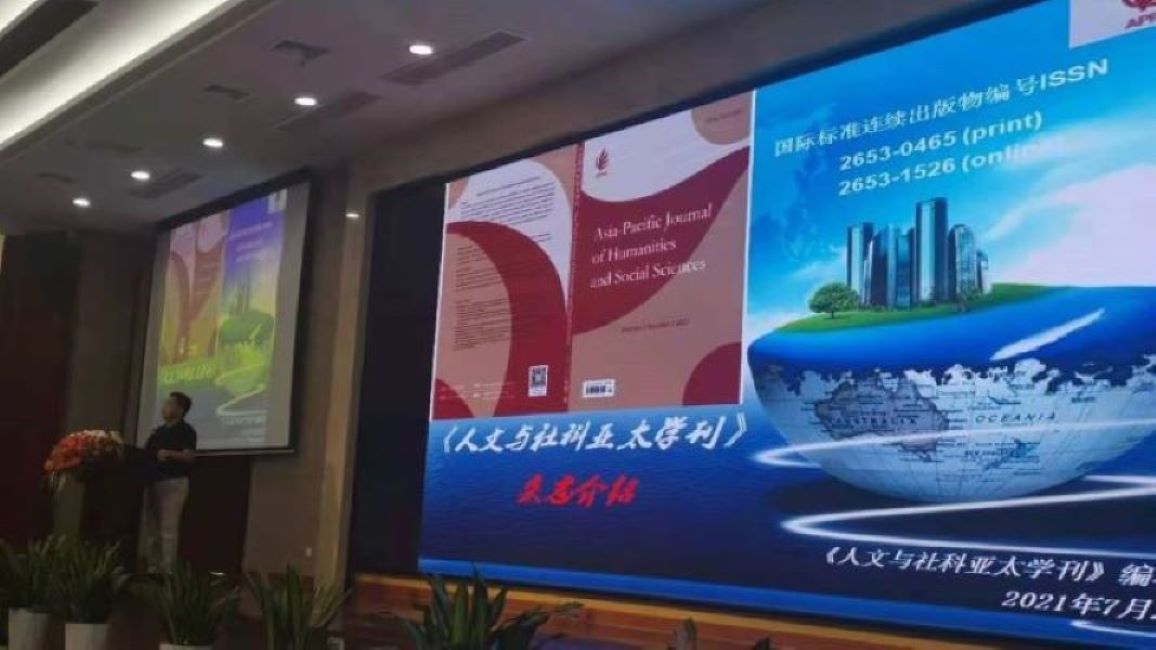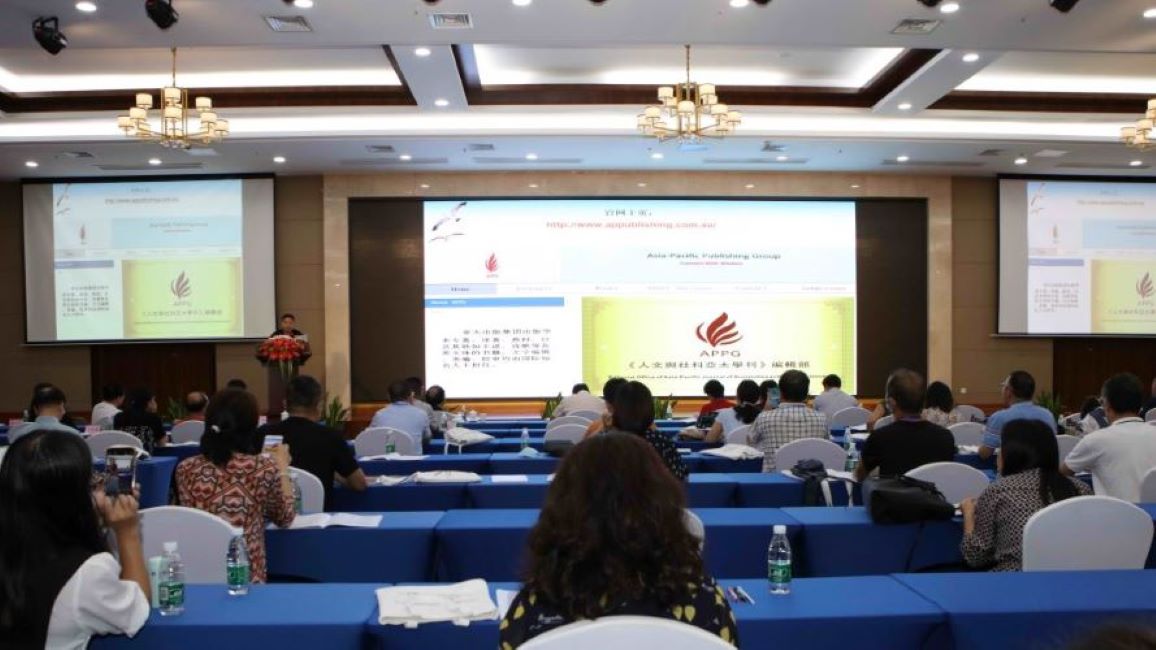Asia-Pacific Journal of Humanities and Social Sciences (APJHSS) receives the author's manuscript through the online submission-and-review system, and the manuscript must go through the rigid process of peer review before it is formally accepted. The review process includes initial review, peer review and final review.
1. Initial Review
The Editorial Office checks the format and academic misconduct of all submissions. The specifics in review are: the submitted article should match subject areas covered by the journal; the submission complies with regulations from the following aspects:
(1) The format and the length of the submitted article;
(2) Non-misconduct on the part of the contributors, etc.
(3) The manuscript with problems related to the aforementioned requirements would be requested for revision or directly rejected.
2. Peer Review
Our peer-review policy combines a mixture of blind review and peer-review endorsement. While the initial assessment of each submission is double blind, we encourage reviewers to attach their names to any pieces they support. Articles will then feature the names of both the author and the reviewer upon publication. Our aim is to make the review process as transparent as possible. Networks of endorsement form a core form of intellectual labour and influence and should be as open as possible to scrutiny. APJHSS pledges to provide peer-reviewed responses to authors within 4-8 weeks. We need to improve the timeliness of how we respond to our community's work, especially in this new field of work.
In the process of peer review, the Editorial Office or Executive Editor, in accordance with the research field of the manuscript that has passed the initial review, assigns it to the associate editor; the associate editor, in turn, would invite no less than two peer experts to review from the following aspects: the novelty, academicism, readability, theoretical significance and practical application value, and give specific comments. After that, according to experts’ comments, the associate editor would make the result of the first round of peer review (being rejected, returned for revision, or entering the final review), informing the author if necessary that his paper needs to be modified, and then sent to the peer experts for the second-round review. Most manuscripts which are finally accepted generally require 2-3 rounds of peer review.
3. Final Review
Once the manuscript is given the first decision at the stage of peer review, it would be sent by the associate editor to the Editor-in-Chief(EiC)for final decision.The final review on the part of EiC will refer to the peer review comments, the revision opinions, and responses from the author while re-evaluating the content of peer-reviewed manuscripts. In the final review, the EiC further considers the novelty, academicism, readability, theoretical significance and practical application value of the manuscript. Meanwhile, the EiC must conduct a rigorous review of the normative issues, such as academic requirement, and examine strictly the standardization of the peer review process. Lastly, the decisions of “reject”, “re-review after revision”, “final review after revision”, and “accepted” needs to be made by the EiC as a result of specific situations.








